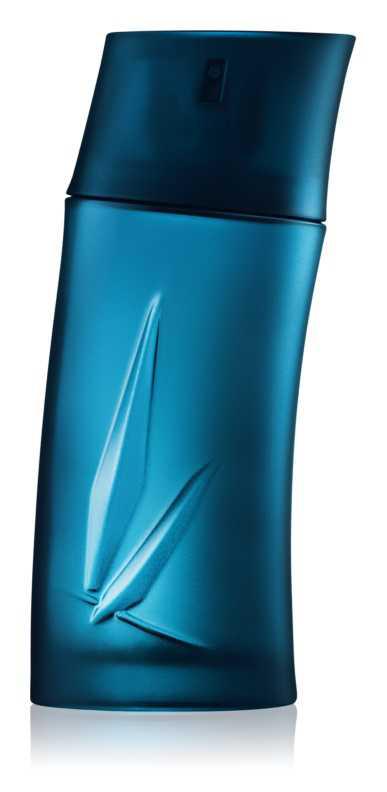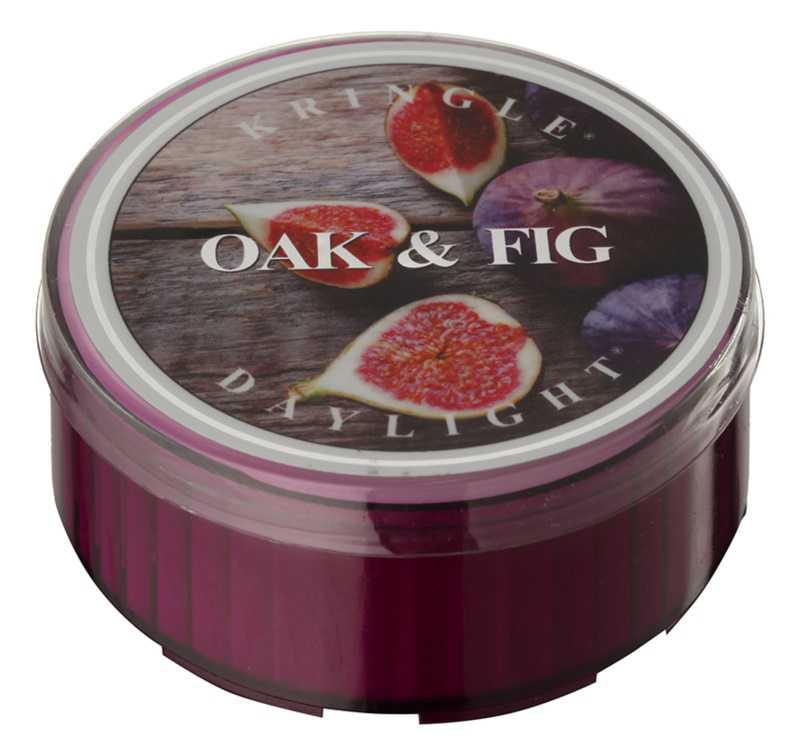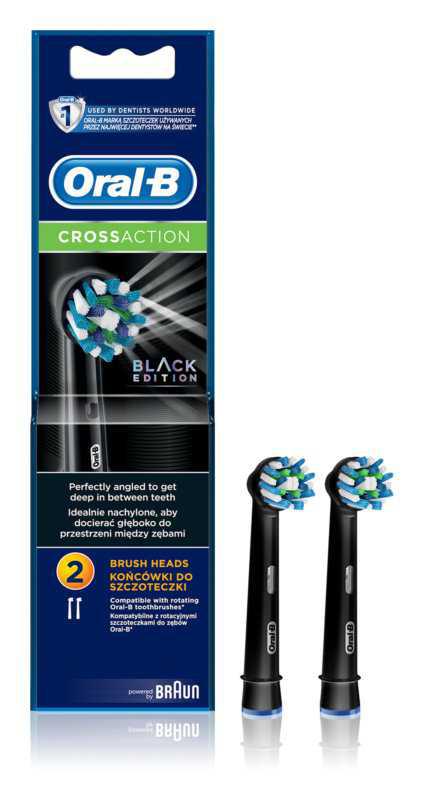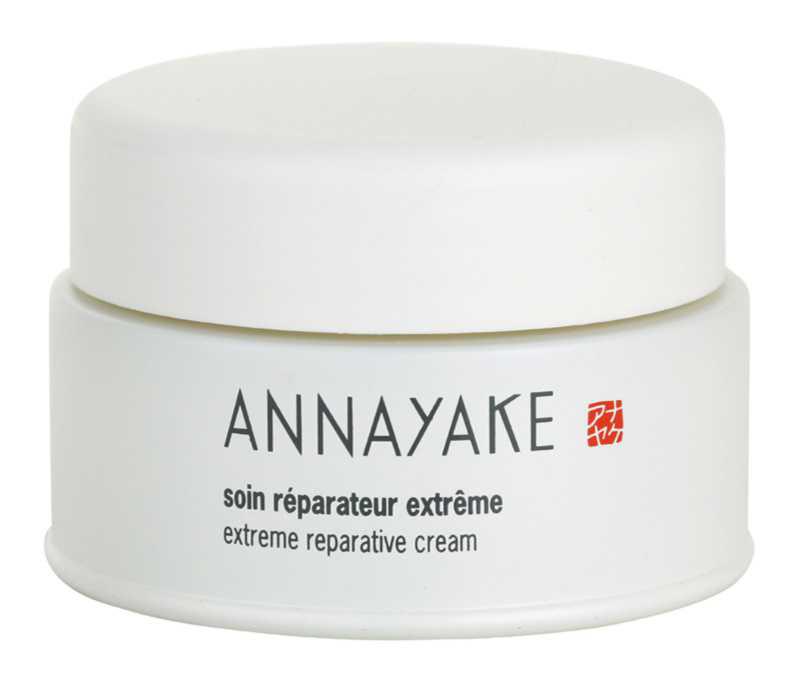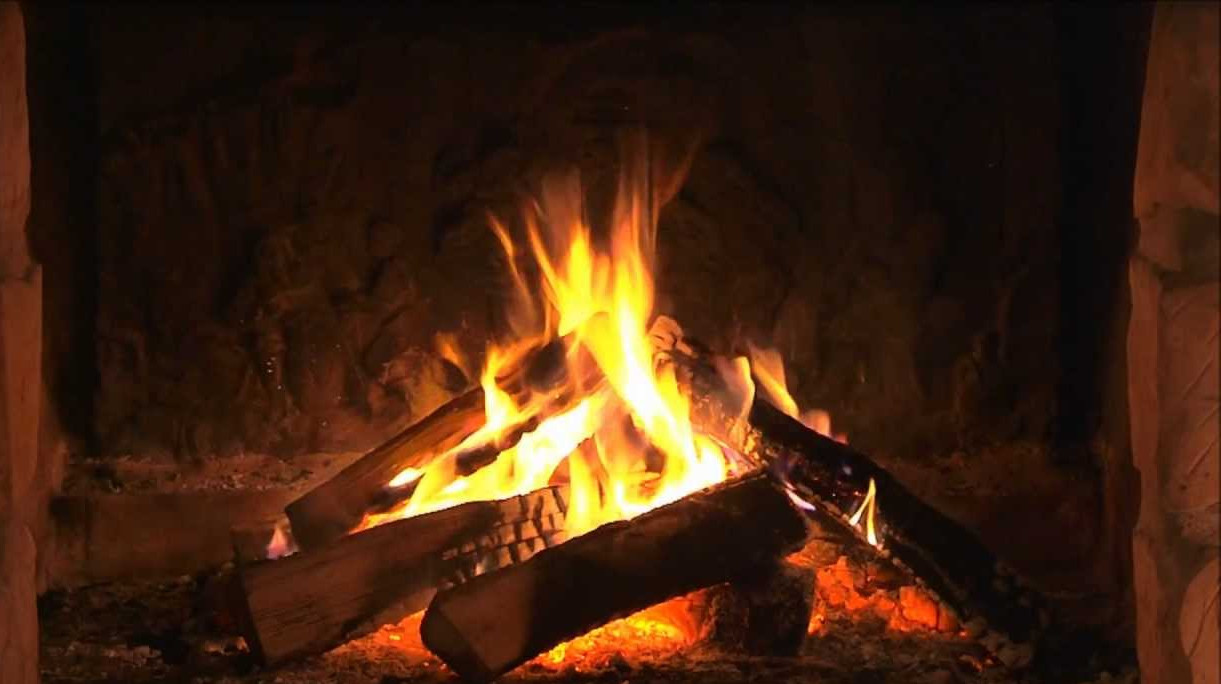
The aromatherapy fireplace is not only very decorative, but also practical: it allows you to fully enjoy the effects of aromatherapy. While it's not essential, it's worth having at home if you're using essential oils or fragrance waxes. How does an aromatherapy fireplace work and what to look for when looking for the best one for you?
An aromatherapy fireplace is one of the accessories thanks to which we can fully use the power hidden in essential oils. Of course, it is not the only such equipment: oils can be used alone, use special diffusers for aromatherapy, or spray them in air humidifiers adapted for this purpose.
However, according to many people, an aromatherapy fireplace has a major advantage over all other solutions: the warm light of an oil-heating candle creates a pleasant mood, and it is easier to relax with its glow than with the hum of a humidifier.
Aromatherapy fireplace: how does it work?
An aromatherapy fireplace is most often made of ceramics or glass. It is not a complicated device and its operation does not require any special skills.
The aromatherapy fireplace consists of two parts that are connected in some models and separate in others. The lower part is a place for an odorless candle, while the upper part is a bowl into which you pour essential oil mixed with water or put a wax soaked in it. When we light the candle, the top bowl gradually heats up, and the heat releases aromatic particles of the essential oils that then rise up with the stream of hot air. Electric aromatherapy fireplaces work on a slightly different principle. They are made of metal, ceramic or glass, and to work, all you need to do is plug them in. This solution works wherever traditional candles cannot be used. However, it has some limitations: some models of this type need to be connected directly to the socket, others are equipped with a cable, but its length often requires placing them in a specific place or using an extension cord.
How To Choose The Best Aromatherapy Fireplace?
When looking for an aromatherapy fireplace, it is worth considering whether it should be a traditional fireplace or an electric one (the latter are usually two or three times more expensive).
If you choose a traditional fireplace, pay attention to its size, especially the size of the bowl - this is important if you intend to heat not only oils in it, but also scented wax.
In a small bowl, the wax can burn, the water in which the oils are dissolved will evaporate faster (which creates a risk that the fireplace bowl will burn). A larger fireplace also lasts longer - the bowl does not heat up as quickly as in a small fireplace, which extends the evaporation time of water with dissolved oil or melting of wax.
It is also important whether the fireplace is one-piece or two-piece - if it consists of one piece, make sure that the candle hole is large enough for you to easily clean it.
The material from which the fireplace is made is also important. Traditional aromatherapy fireplaces are usually available in a ceramic or glass version - the ceramic ones are much more durable, as they are by nature less prone to cracking and more resistant to high temperatures.
Before buying, also take a look at the cup itself: it should be smooth, as it is difficult to remove the remnants of melted wax from the rough one.
In the case of electric aromatherapy fireplaces, it is also worth making sure that the device is inserted directly into the contact or that it has a power cord (and how long).
The perfect aromatherapy fireplace:
How to use essential oils in an aromatherapy fireplace
It is worth remembering that essential oils are not poured into the fireplace bowl directly: before that, you need to fill it with water and then dissolve a few or a dozen drops of oil or their mixture.
The next step is to light the candle (or turn on the fireplace in the case of electrical appliances). This sequence is important: both the water and the fireplace bowl heat up quickly, so if there is no water in the bowl, it can burn or even break. For this reason, it is also worth checking from time to time whether there is enough water in the fireplace and refilling its level, if necessary.

